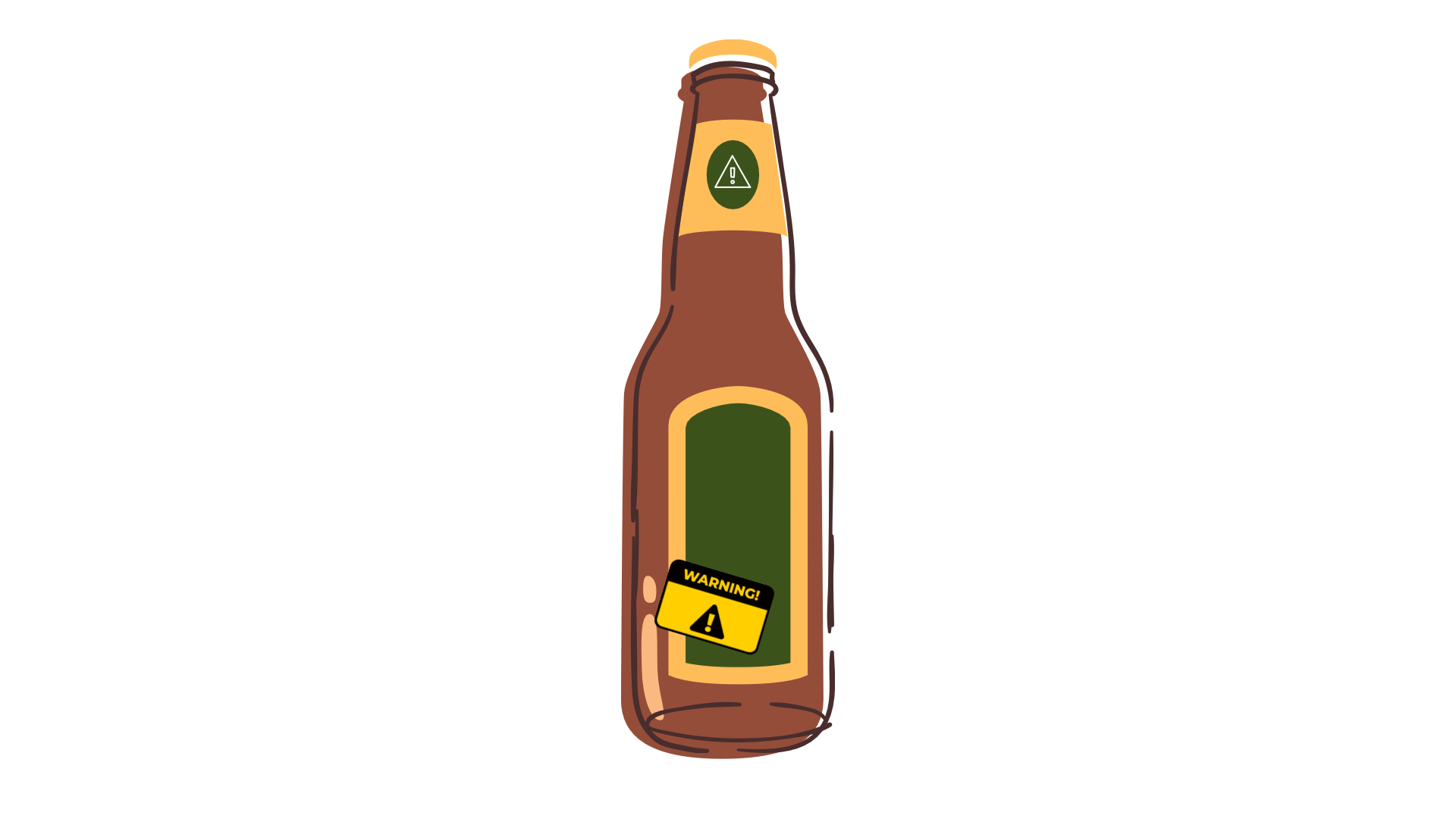At first glance, a few drinks at a party or a casual hangout might not seem like a big deal. But alcohol, often seen as harmless, has emerged as a silent killer, linked to nearly 100,000 cancer cases and 20,000 deaths each year — putting even young people at risk for serious long-term health consequences. On Jan. 3, the now former U.S. Surgeon General Dr. Vivek Murthy published an advisory warning people about the little-known linkage between alcohol and cancer risk. The advisory aims to increase awareness to help
minimize alcohol-related cancer cases and deaths, laying out a series of health recommendations and serving as a wake-up call to realize the severe risks associated with alcohol. According to the advisory, consuming alcohol increases the risk of developing at least seven different types of cancer: mouth, throat, voice box, esophageal, breast and liver cancer. The alcohol damages cellular DNA, causing uncontrollable cell growth.
“What we know with a high degree of confidence is that there is a causal link between alcohol and cancer risk,” Murthy said in a
Time Magazine interview. “The data has been building for some time and getting stronger and stronger.”
Drinking culture and a person’s environment have a major impact on their risk of developing cancer. The more a person is surrounded by alcohol, the more likely they are to develop drinking habits early on.
“The percentage of people smoking and drinking in California is much less than in Florida,” ENT surgeon Dr. Fawaz Makki said.
“So your population plays a major factor.”
Regardless of where a person lives, they should always be mindful and vigilant about watching their alcohol intake. The earlier a person is made aware of the risks, the healthier they will be in the long term.
“There is this big longitudinal study across the U.S. that looked at young people that started using alcohol or other drugs at freshman year of high school versus their freshman year of college,” Prevention Specialist at PreventionEd Luna Gayeski said. “And they
found that those young people that waited those additional four years had a 48% lower chance of developing a substance use disorder.”
Early awareness and prevention are crucial, and developing healthy habits begins at a young age. At Trinity, there is an outlet for
doing just that: Students Against Destructive Decisions (SADD) Club. The club’s focus is preventing students from making potentially destructive decisions for themselves and others.
“SADD Club can do a really good job of kind of reaching out to those kids, making sure that they are aware, raising awareness, highlighting some of the ways that teens can be affected by alcohol use and potentially increasing the risks of cancer,” SADD Club sponsor and biology teacher Brian Moretz said.
Alcohol is a clear and preventable cause of cancer in the U.S., yet many people still remain unaware.
“I don’t think a lot has been done about alcohol usage and how it causes cancers,” Moretz said. “Overall, students don’t really understand that alcohol can cause cancer. I think they understand the dangers of tobacco use, but not the dangers of alcohol use.”
The knowledge gap can be easily filled through proper marketing and awareness, helping to mitigate long-term effects. After all, alcohol consumption is the third leading preventable cause of cancer in the United States, after tobacco and obesity. By making the
public aware of the cancer risk associated with alcohol, similar to the marketing done with warning of the dangers associated with nicotine, people can begin to make informed health decisions.
“I think it’s important that students realize that their decisions have consequences and to raise awareness about things we can do to protect ourselves and others from those dangerous decisions,” Moretz said.
Prevention organizations, like PreventionEd, have a mission to give teenagers accurate assessments of the risk of any given choice. From guest speakers to workshops, the organization partners with schools around the world, including Trinity, to educate students. However, staying informed about the dangerous realities alcohol presents can be as simple as a conversation with family and friends.
“My primary message would be to continue the conversation,” Gayeski said. “Continue having conversations about risks and the place alcohol holds in our society.”
By continuing to have discussions that promote education and wellness, teenagers can ensure that they do not make decisions that they will live to regret in the future.
“There are a lot of things that you can expose your body to that increase your chances of developing cancer,” Moretz said. “So if we
can minimize those external factors that can increase our risk, we’ll have lower chances of cancer overall and live healthier, happier lives.”



